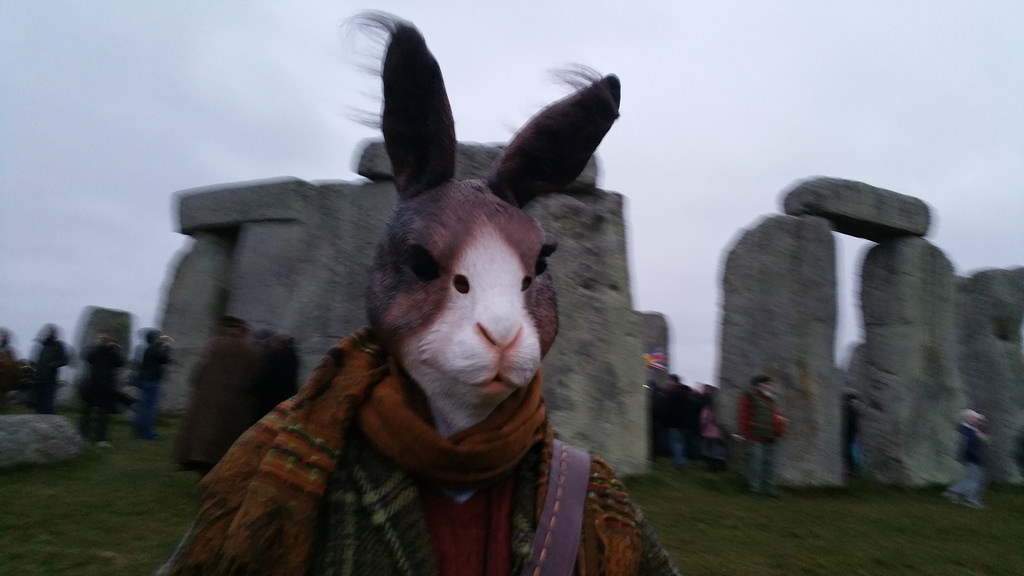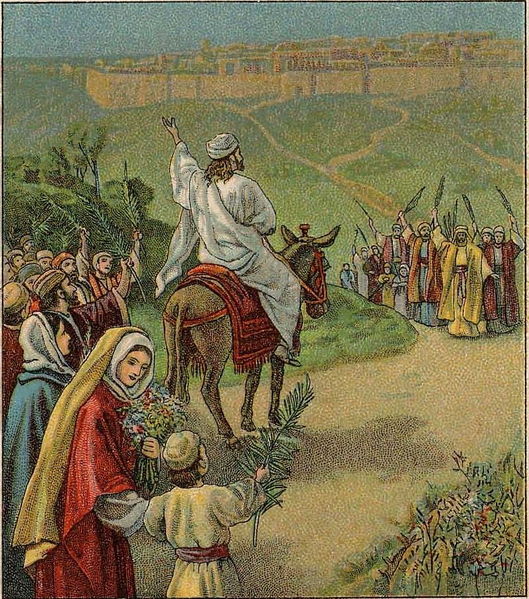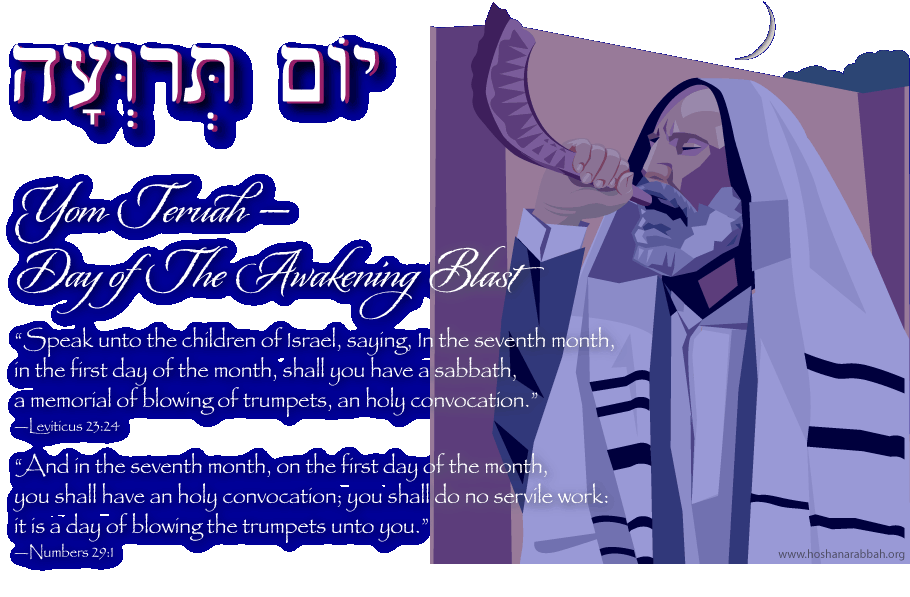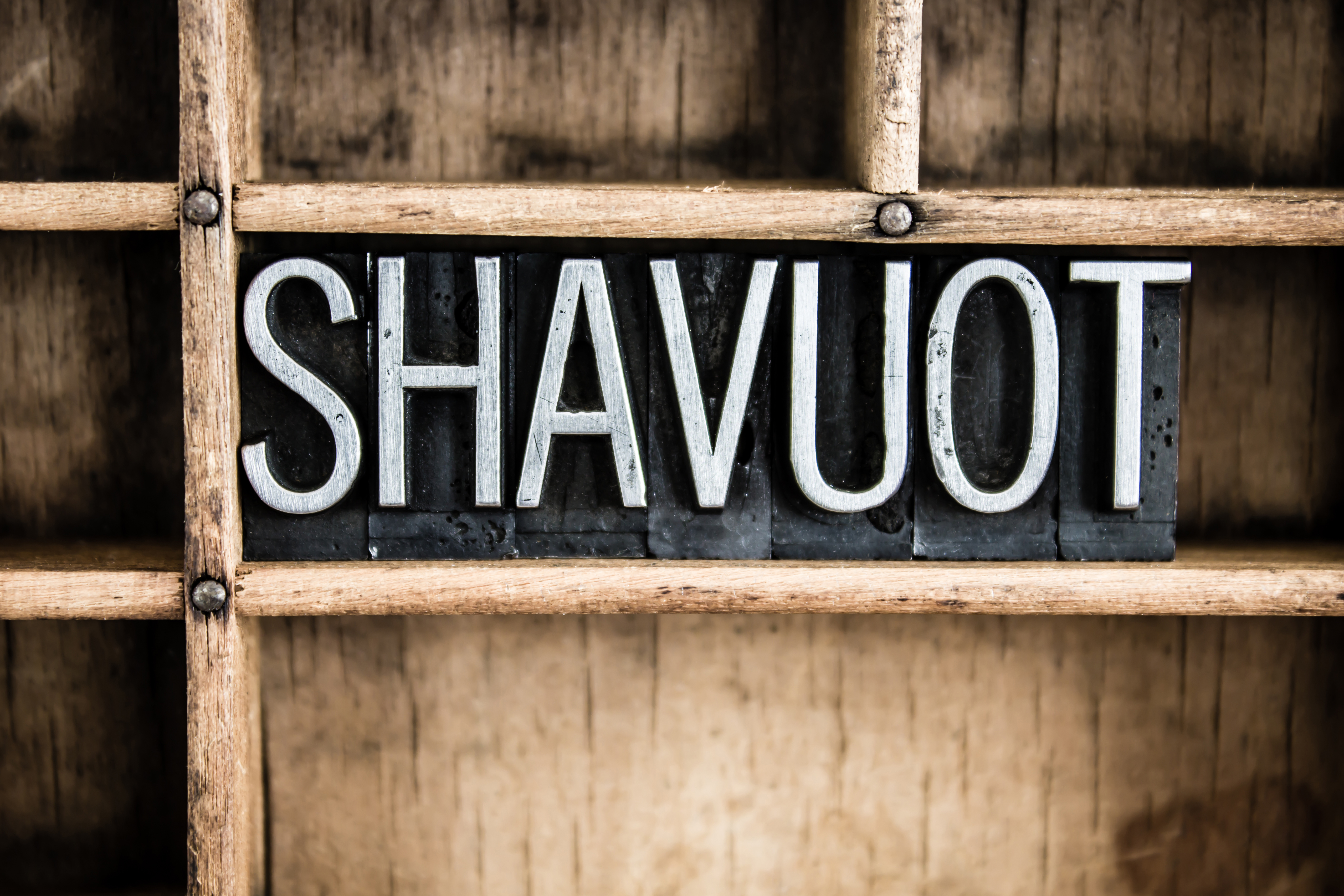Yom Teruah Verses
There are only two verses in the Bible that command the keeping of Yom Teruah.
And YHVH spake unto Moses, saying, Speak unto the children of Israel, saying, In the seventh month, in the first day of the month, shall ye have a sabbath, a memorial of blowing of trumpets, an holy convocation. Ye shall do no servile work therein: but ye shall offer an offering made by fire unto YHVH. (Lev 23:23–25)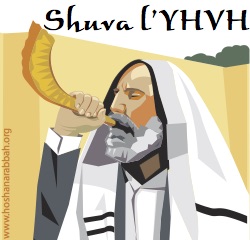
And in the seventh month, on the first day of the month, ye shall have an holy convocation; ye shall do no servile work: it is a day of blowing the trumpets unto you. And ye shall offer a burnt offering for a sweet savour unto YHVH; one young bullock, one ram, and seven lambs of the first year without blemish: And their meat offering shall be of flour mingled with oil, three tenth deals for a bullock, and two tenth deals for a ram, and one tenth deal for one lamb, throughout the seven lambs: And one kid of the goats for a sin offering, to make an atonement for you: Beside the burnt offering of the month, and his meat offering, and the daily burnt offering, and his meat offering, and their drink offerings, according unto their manner, for a sweet savour, a sacrifice made by fire unto YHVH. (Num 29:1–6)
The Breath of Life and Yom Teruah
Without the life-giving breath of YHVH we are dead both physically and spiritually. As YHVH breathed the breath of life into Adam who then became a living being (Heb. nephesh), so when Yeshua breathed on his disciples (John 20:22), they came alive spiritually. Similarly, YHVH breathed on the first century redeemed believers through the wind of the Ruach HaKodesh (the Set-apart Spirit) on the Day of Pentecost in Acts 2:2, and the congregation of renewed covenant believers was birthed. Similarly, on the day of Messiah’s second return (Yom Teruah), the shofar (called the last trumpet in Hebraic thought, which comes just prior to the final or the great trumpet/shofar hagadol of Yom Kippur) will sound and the dead in Messiah will be resurrected (1 Cor 15:51–53; 1 Thes 4:16). It is the breath of YHVH that will revive the righteous dead. This is similar to the breath of YHVH blowing over the Valley of Dry Bones in Ezekiel 37, which some see as a prophetic picture of the resurrection of the saints.
What can we learn from this? When YHVH breathes or blows on man, the power of the supernatural pierces the natural dimension and the supernatural breaks the status quo of the natural and supernaturally empowers one to do that which he could not do in his own power naturally. We need YHVH’s divine breath to blow on us to empower us with his power and his ability to be and act supernatural in a natural world for his glory and the advancement of his kingdom!
When the shofar sounded in ancient Israel, it signaled that heaven and earth were about to meet, that divine power, the supernatural forces of heaven were about to break into the human realm. It signaled that Elohim was about to do great things!
Are you ready for this to happen again?
When Was the Shofar Blown in Ancient Israel?
The shofar is an instrument unique to the ancient Hebrews and their descendants. In the Scriptures, we see that the shofar played a highly significant role in Hebraic culture. Below are some examples this instrument’s importance:
The History of the Shofar and the Three Trumpets
The ram’s horn shofar is first alluded to in the Scriptures in Genesis 22 at the binding of Isaac and known in Hebrew as the akeidah.
The symbolism in this historical event is tremendously significant. The ram represents Yeshua the Lamb of Elohim who died to redeem man from sin. The thicket is a biblical poetic symbol of human sinfulness. Humanity is entangled in the thicket of sin from which it needs to be freed. Yeshua the Messiah is the Lamb (or ram) slain from the foundation of the world (Rev 13:8), who, while hanging on the cross, wore a crown of thorns. Is this not a picture of the “ram caught in the thicket” (Gen 22:13) of the man’s sins? After all, the Scriptures say that the sins of man were laid upon Yeshua (Isa 53:6). The crown of thorns is a picture of this. Furthermore, in Matthew 13, in Continue reading →

